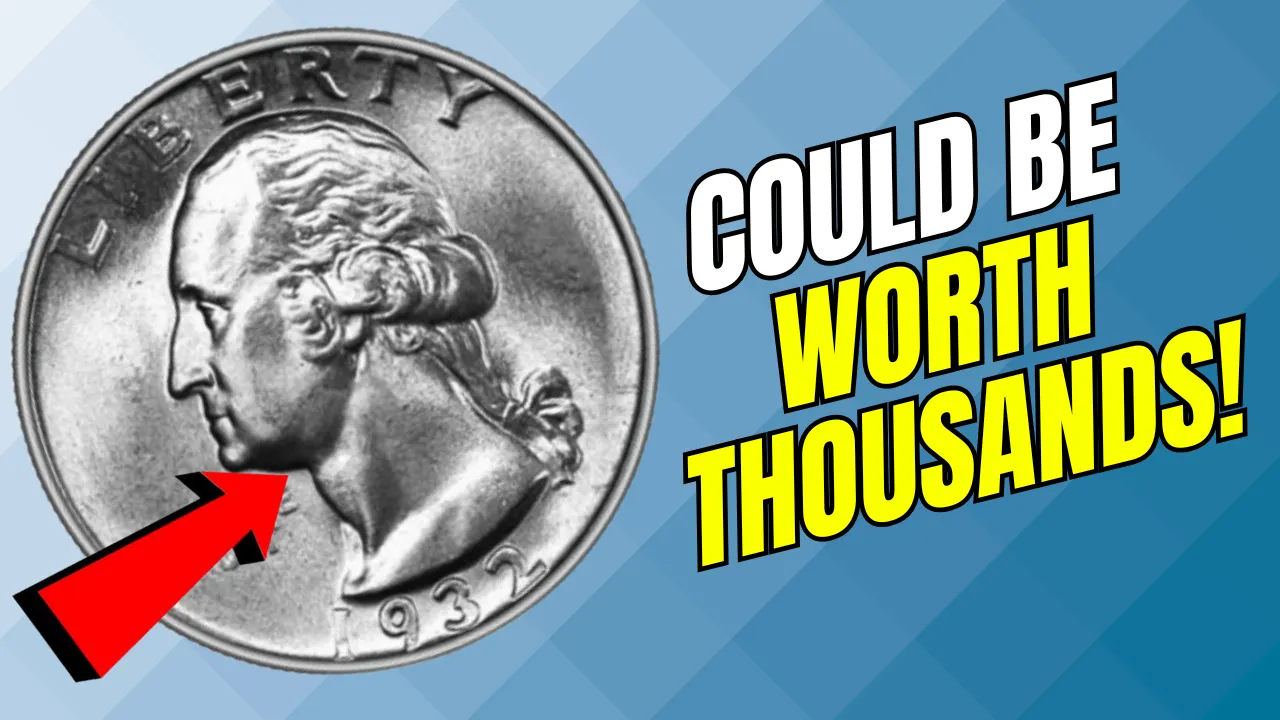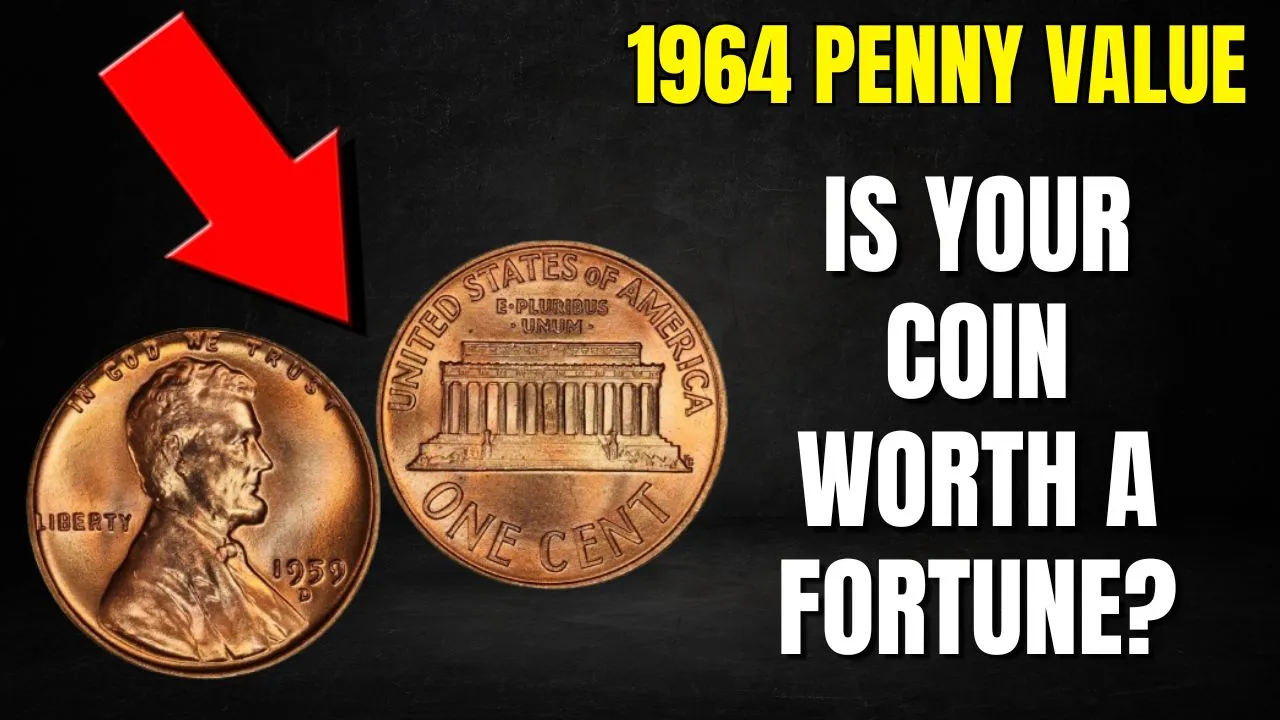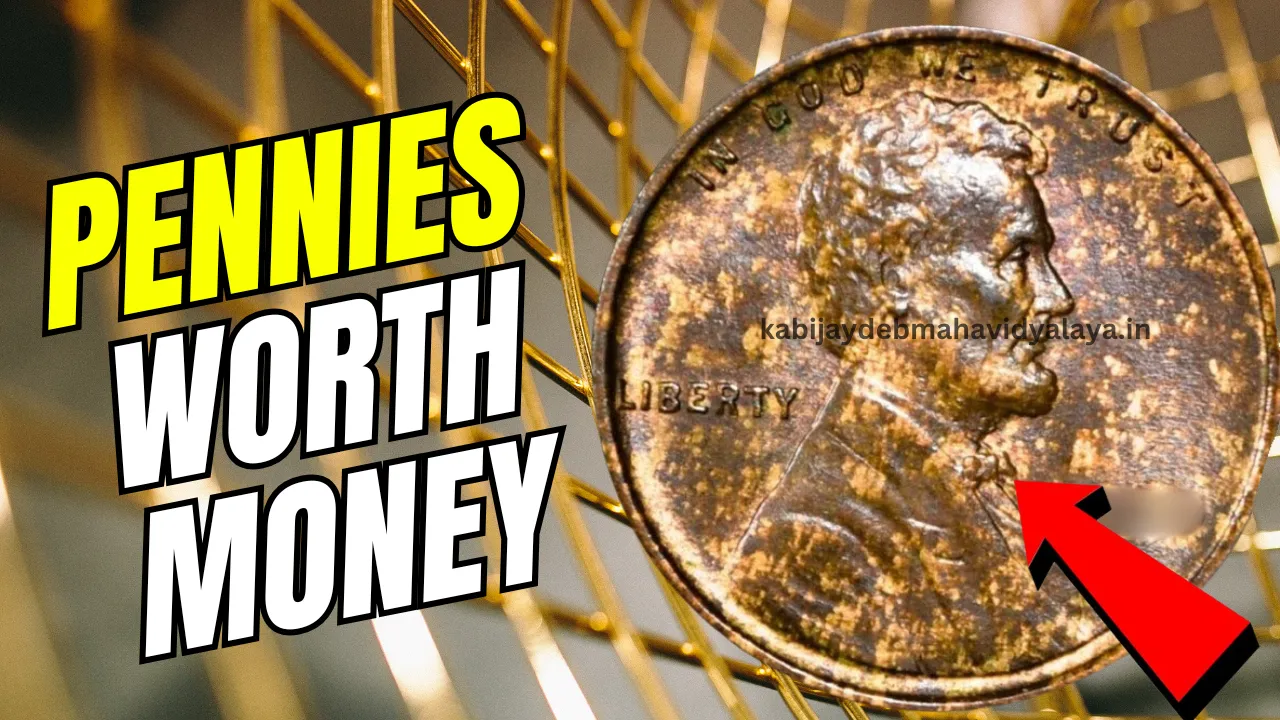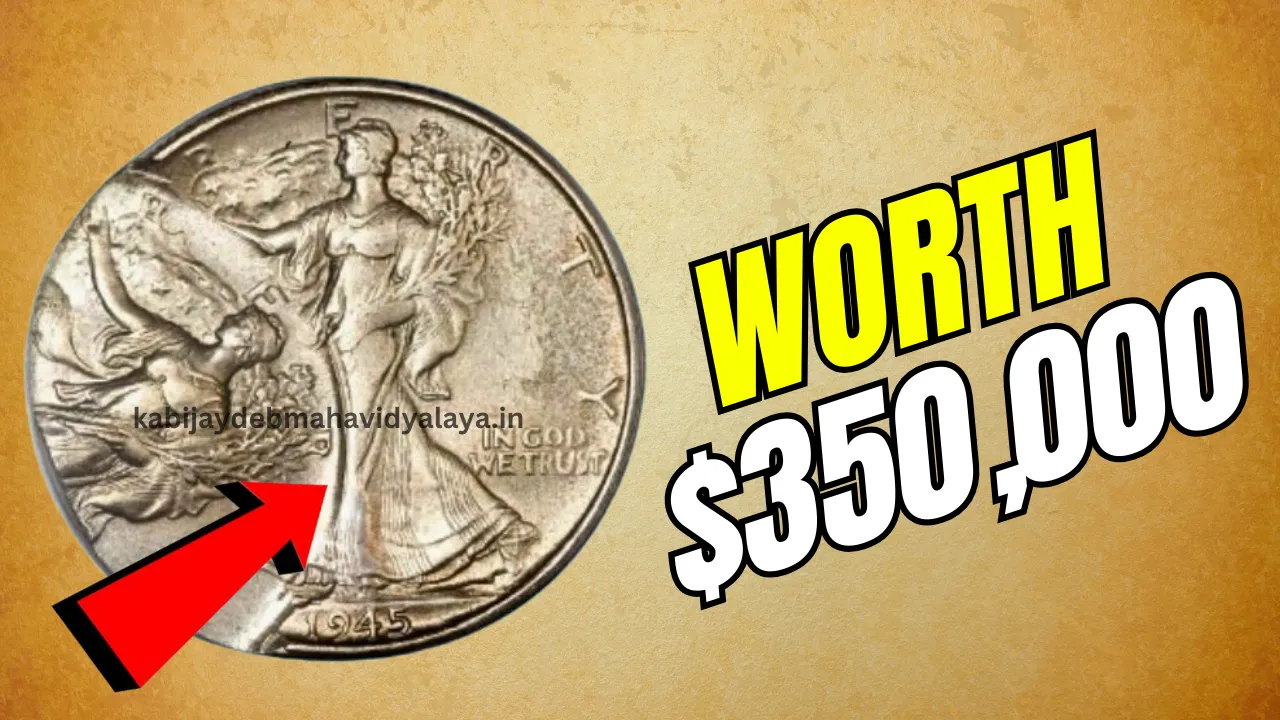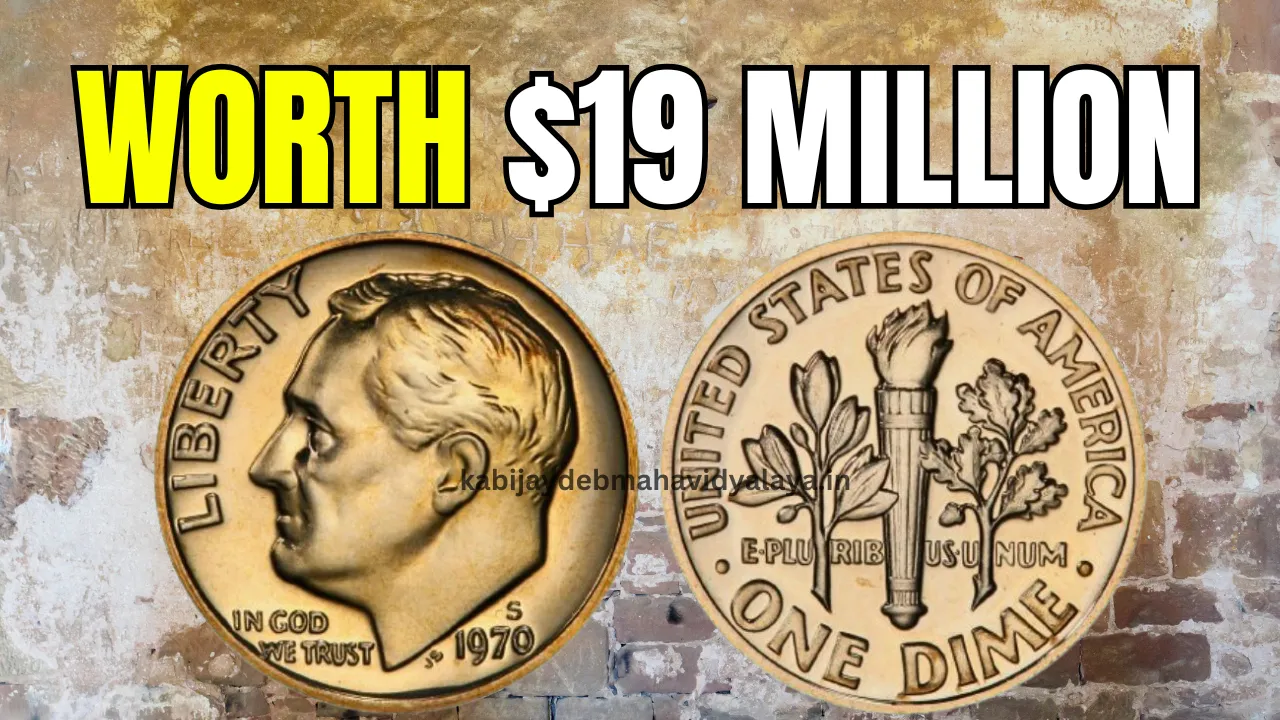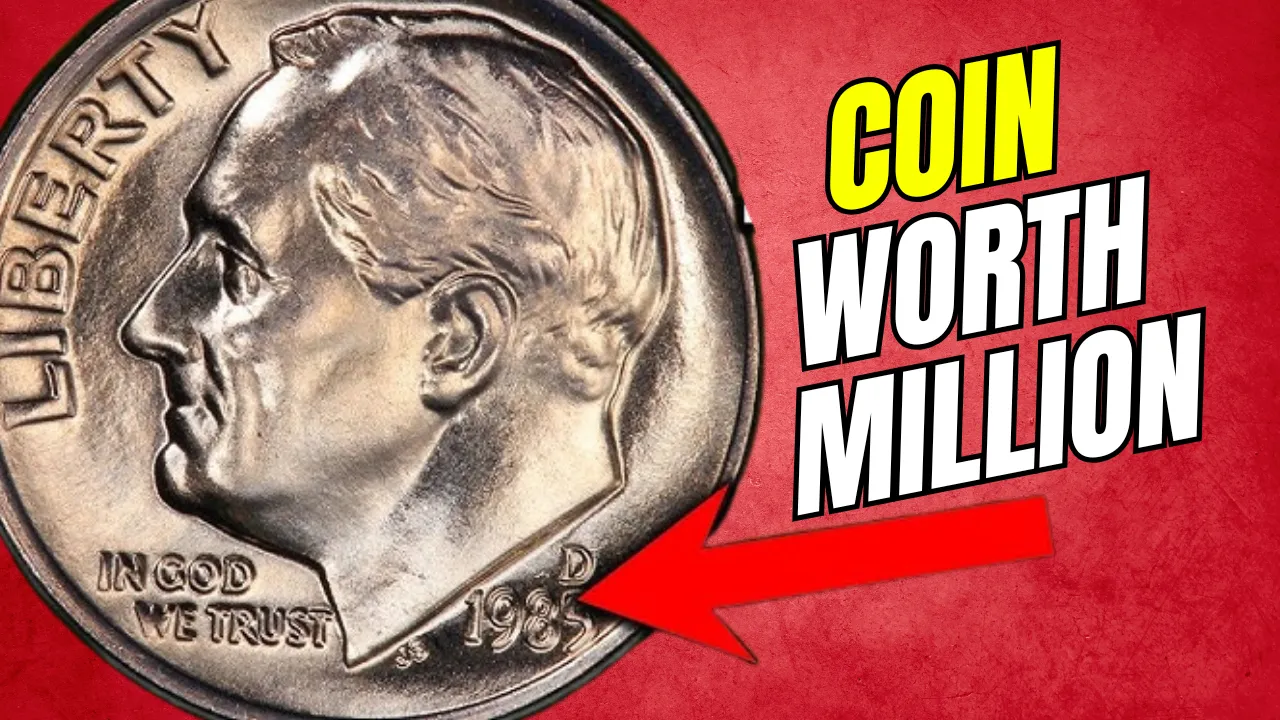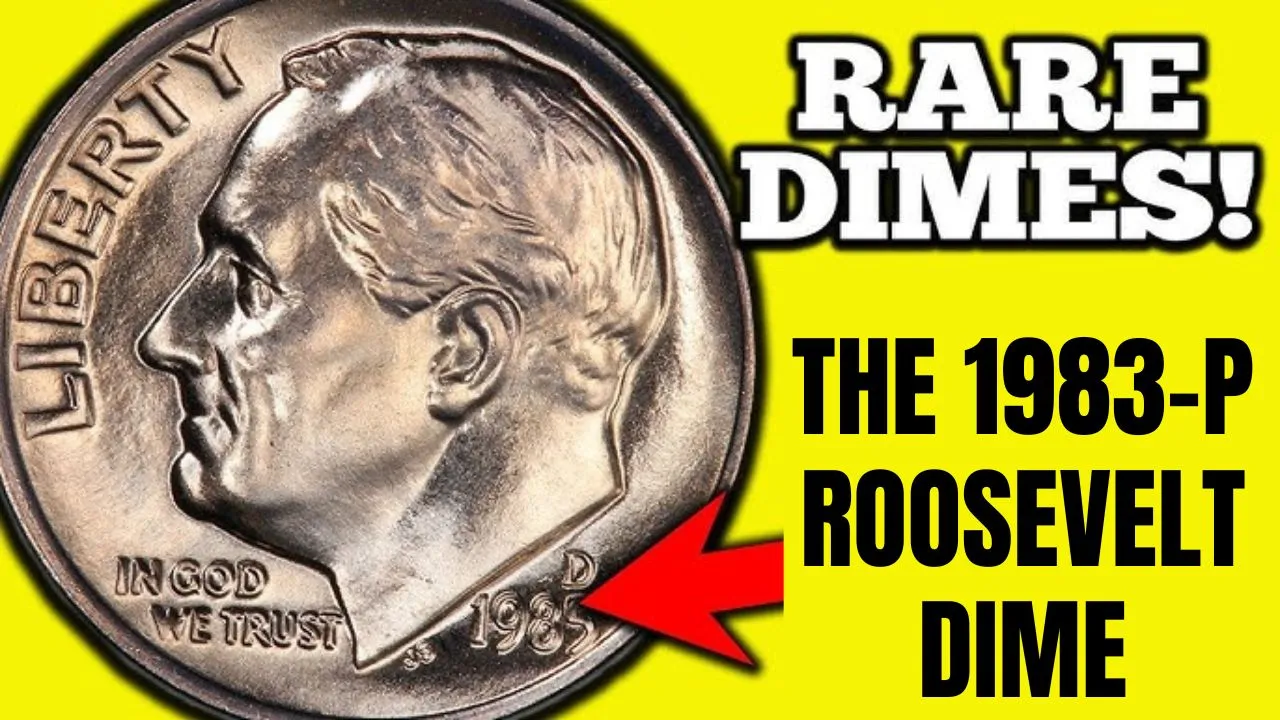Why These 4 Common Bicentennial Quarters Could Be Worth Thousands: Bicentennial Quarters are among the most iconic pieces of American coinage, created to honor the nation’s 200th anniversary. These quarters, minted in 1976, feature a dual-date design (1776-1976) and a distinctive reverse with a colonial drummer. While most Bicentennial quarters are still worth their face value, a select few have risen to fame due to their rarity, errors, or exceptional quality.
In this article, we’ll explore four types of Bicentennial quarters that could be worth significantly more than you’d expect. Whether you’re an experienced collector or a curious treasure hunter, this guide will help you uncover the potential value of these fascinating coins hiding in plain sight.
Overview of Valuable Bicentennial Quarters
| Type | Key Features | Estimated Value |
| 1976-S Silver Bicentennial Quarter | Contains 40% silver; marked with “S” | $5–$20 (Proofs $100+) |
| 1976-D Double Die Error Quarter | Doubling on the word “LIBERTY” | $50–$100+ |
| 1976-S Proof Bicentennial Quarter | Polished, mirror-like finish | $15–$100 |
| 1976 No-Mint Mark Quarter (High Grade) | Rare uncirculated examples | Hundreds to thousands of dollars |
1. The 1976-S Silver Bicentennial Quarter
Not all Bicentennial quarters were created equal. The 1976-S silver quarter, minted in San Francisco, is a standout example due to its 40% silver content. These coins were not made for circulation but were included in special collector sets sold during America’s Bicentennial celebrations.
Today, most of these coins in average condition are worth between $5 and $20. However, proof versions—crafted with extra care and polished for collectors—can fetch over $100, depending on their condition. To spot one, look for the “S” mint mark and consider having it weighed to confirm its silver content.
2. The 1976-D Bicentennial Quarter with Double Die Error
Error coins always capture the attention of collectors, and the 1976-D Bicentennial quarter with a double die error is no exception. This error occurs when the design on the coin is struck slightly off alignment, causing a subtle doubling effect on certain features.
For this coin, the doubling is often found on the obverse, specifically on the word “LIBERTY.” In circulated condition, these coins might sell for $50 to $100, but pristine examples can command even higher prices. To identify this error, examine the coin under a magnifying glass and look closely for doubled letters.
3. The 1976-S Proof Bicentennial Quarter
Proof coins are a collector’s dream. The 1976-S Proof Bicentennial quarters were meticulously struck using polished dies, creating a mirror-like finish that makes these coins stand out from standard circulated quarters.
These proof coins were sold to collectors and are valued for their visual appeal and rarity. Depending on their condition, they can range in value from $15 to $100. To verify a proof coin, check for the “S” mint mark and inspect the coin for its reflective surface and sharp details.
4. The 1976 No-Mint Mark Quarter in High Grade
While quarters minted in Philadelphia during this period don’t carry a mint mark, finding one in uncirculated or extremely high-grade condition is incredibly rare. Most circulated Bicentennial quarters have been handled extensively, showing significant wear and tear.
However, if you come across a no-mint mark Bicentennial quarter with minimal wear, it could be worth sending it to a professional grading service like PCGS or NGC. Coins graded MS-65 or higher can fetch hundreds, sometimes even thousands, of dollars, depending on demand.
How to Identify Valuable Bicentennial Quarters
If you’re curious about whether you have a valuable Bicentennial Quarter, follow these steps to examine your coins:
- Look for Mint Marks: Identify if your coin has an “S” (San Francisco) or “D” (Denver) mint mark. No mint mark indicates Philadelphia.
- Inspect for Errors: Use a magnifying glass to check for features like double die errors.
- Check the Surface: Coins in excellent condition with little to no wear are far more valuable.
- Verify the Composition: Silver Bicentennial quarters can be distinguished by their weight or metallic sound.
- Consult Experts: If you suspect you have a valuable coin, consider having it appraised or professionally graded.
Where to Sell Your Bicentennial Quarters
Once you’ve determined that you have a valuable Bicentennial quarter, selling it in the right place can maximize your profit. Here are a few options to consider:
- Coin Shops: Local dealers often buy collectible coins and can provide appraisals.
- Online Marketplaces: Websites like eBay allow you to auction your coins to a global audience.
- Coin Shows and Expos: These events attract collectors willing to pay top dollar for rare finds.
- Auction Houses: For especially valuable coins, professional auction services might yield the best results.
FAQs
What makes Bicentennial quarters valuable?
Their value stems from unique features like silver content, mint errors, proof finishes, and high-grade preservation.
How can I identify a 1976-S Silver Bicentennial Quarter?
Look for the “S” mint mark, which indicates it was minted in San Francisco. These coins also have a 40% silver composition.
What is a double die error on the 1976-D quarter?
This occurs when elements of the design appear doubled, particularly on the word “LIBERTY” or other text.
Are proof Bicentennial quarters worth more?
Yes, proof coins with their polished, mirror-like finish are more valuable, especially when well-preserved.
How do I determine the value of my Bicentennial quarters?
You can research recent sales online, consult a coin dealer, or have the coin graded by professionals for an accurate assessment.
Final Thoughts
Bicentennial quarters are more than just pocket change; they’re pieces of history that could hold hidden value. Whether it’s a rare mint mark, a striking error, or a pristine proof, these coins offer collectors and enthusiasts a chance to own a part of America’s past.
Check your change jar or coin collection today—you might be sitting on a small fortune! If you’ve discovered a valuable Bicentennial quarter or have questions, share your thoughts in the comments below. Keep exploring the world of coins and uncover the treasures waiting to be found!
